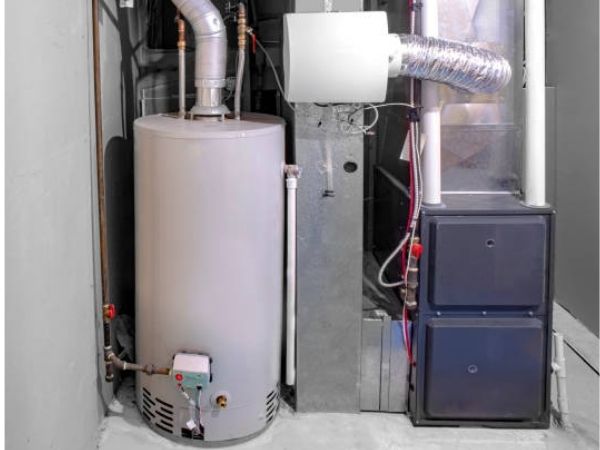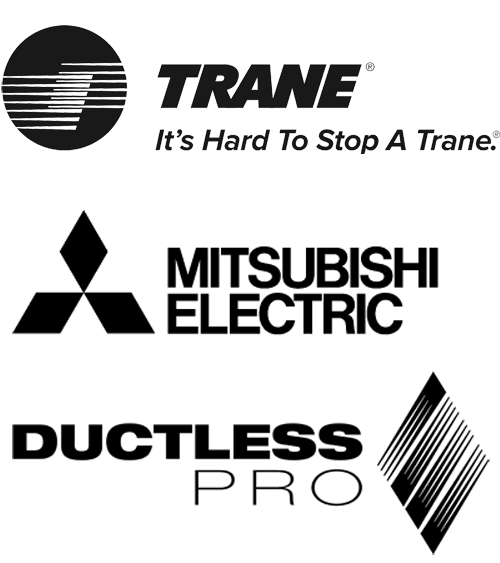Furnace Safety Tips Every Homeowner Should Know

There's little better than stepping into the warmth and comfort of your home during this time of McKinney, TX, winters. With your furnace safely working in place, there should be a clear understanding that every heating system would require care otherwise, causing concerns such as a carbon monoxide leak, hazards of fire from it, or unexpected breakdown. At Airview AC, a safe furnace is just as important as a warm home. That's why we've put together these essential furnace safety tips to keep your system in top shape all season long.
The Importance of Furnace Safety
Your heating system provides more than warmth—it's critical to your home's safety. Gas furnaces, in particular, can produce carbon monoxide (CO). This invisible, odorless gas can be deadly if it leaks into your home. Blocked vents, dirty burners, and faulty components can all lead to safety hazards, making regular maintenance necessary. The good news? A little attention goes a long way in keeping your furnace operating safely and efficiently.
Important Furnace Safety Tips
1. Get Professional Inspections Annually ✅ Best Recommendation
A yearly professional inspection is the only surefire way to know that your furnace is running safely. An experienced HVAC technician can catch things you wouldn't, such as gas leaks, worn parts, or poor airflow. Here's what Airview AC checks on during our in-depth inspections:
-
Carbon monoxide leak checks
-
Burner cleaning and adjustment
-
Heat exchanger crack checks
-
Testing the thermostat for proper function
-
Ensuring the furnace is running at peak efficiency
Scheduling an inspection before winter hits means fewer surprises when the temperatures drop.
2. Install Carbon Monoxide Detectors
Because carbon monoxide is impossible to detect without a sensor, CO detectors are necessary in any home with a gas furnace. Place detectors near bedrooms and on every level of your home. Check the batteries regularly and replace the unit every five to seven years for optimal protection.
3. Keep the Furnace Area Clear
A furnace room free from clutter is a safer furnace room. Storing household items near your heating system can cause overheating and potentially create fire hazards. To stay safe:
-
Ensure that there are at least three feet of space around your furnace.
-
Keep the flammable liquids, such as paint thinner and gasoline, out of the range.
-
Check frequently for dust and debris or obstructions that block airflow.
-
Sometimes, a minor pick-me-up cleanup can prevent potentially hazardous situations altogether!
4. Clear Vent Areas
Blocked vents make your furnace work harder, which means it wears out faster and is less efficient than it should otherwise be. Never let furniture, rugs, or curtains clutter up your in-house vents, and don't forget to get outside and peek at your exterior exhaust pipes to make sure nothing, including snow, leaves, or branches, is blocking them.
5. Check the Thermostat
Your thermostat is the brain of your heating system. If it's not working correctly, it can lead to overheating or system failure. Test it by adjusting the temperature and making sure the furnace responds accordingly. If you notice delays, inaccurate readings, or inconsistent heating, it may be time for a repair or replacement.
6. Maintain Smoke & Carbon Monoxide Detectors
Furnace safety goes beyond just the heating system itself. Working smoke and carbon monoxide detectors provide your family with an added layer of protection. Make sure to:
-
Test alarms once a month.
-
Replace batteries every six months.
-
Install detectors near bedrooms and close to the furnace.
If your detectors are over 10 years old, it's time for a replacement.
Furnace Warning Signs That Require Professional Attention
1. Discolored Furnace Flame (Yellow, Orange, or Green Streaks)
Your furnace flame should always be blue. If it shows yellow, orange, or green streaks, it means the gas-to-oxygen ratio is off, which can lead to carbon monoxide production. Don't ignore this—call a professional immediately.
2. Loud Bang, Boom, or Pop When the Furnace Starts
When your furnace kicks on, a booming sound usually signals a delayed ignition, meaning gas is building up before it ignites. This can cause dangerous mini-explosions inside your unit, leading to wear and tear—or worse, serious damage. If your furnace makes loud noises at startup, shut it down and call an HVAC technician immediately.
3. Persistent Burning Smell
When you first turn on your furnace for the season, a mild burning smell is normal, as dust burns off the components. But something is wrong if that smell lingers, gets stronger, or turns into a plastic or electrical burning odor. It could be overheating, a clogged filter, or an electrical issue—don't take any chances and get it checked out.
Why Professional Maintenance is Critical for Furnace Safety
Many furnace problems start small but can become major issues if left unchecked. Regular maintenance catches potential hazards before they become emergencies, helping to:
-
Extend your furnace's lifespan.
-
Lower your energy bills.
-
Reduce the risk of carbon monoxide leaks.
-
Prevent costly breakdowns
Skipping routine maintenance might save you money in the short term, but it could lead to bigger (and more expensive) problems.
Contact a Professional for Furnace Safety & Maintenance
Your furnace should keep you warm, not put your home at risk. Taking care of your heating system now means a safer, more comfortable winter ahead. Whether it's time for a tune-up, a safety inspection, or a repair, Airview AC is here to help. Give us a call today to schedule your furnace service—we'll make sure your home stays safe and warm all season long!




